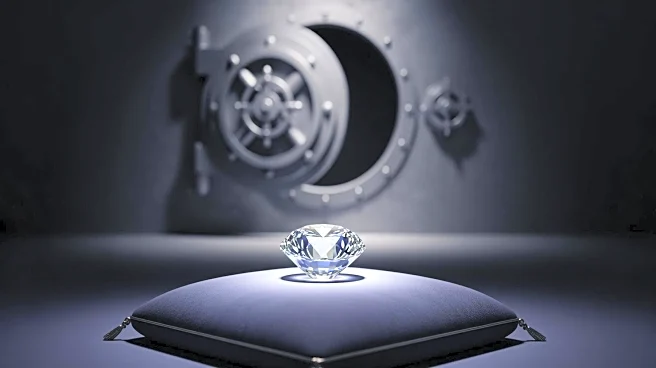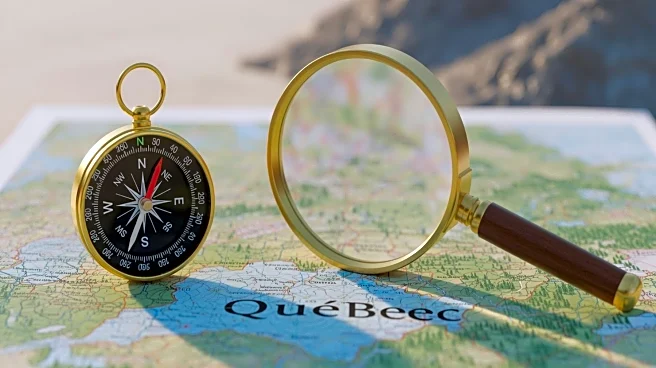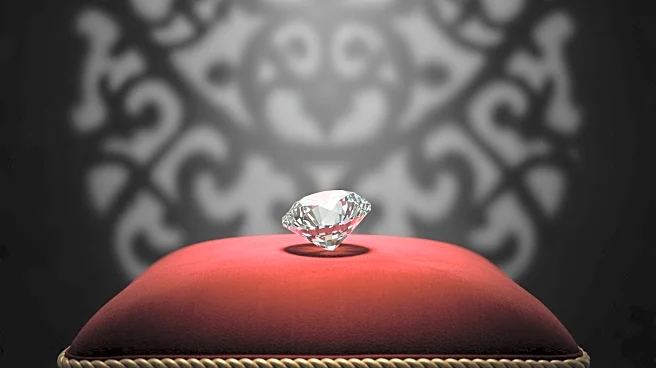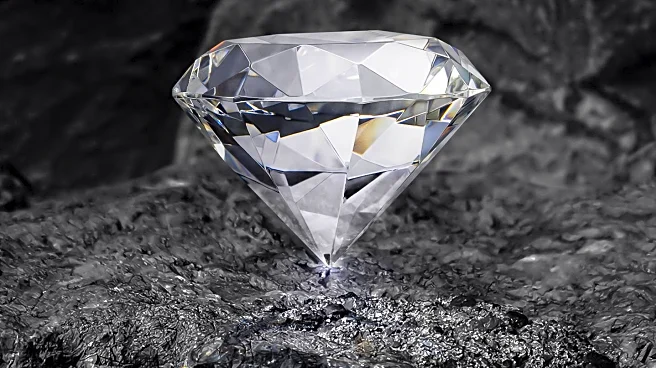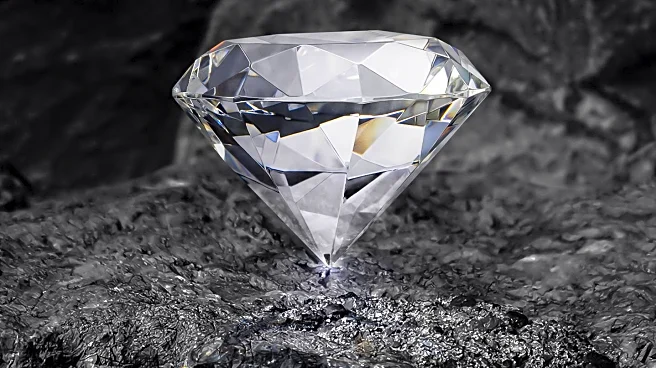What's Happening?
The Florentine Diamond, a historic 137.27-carat gem, has resurfaced after being hidden in a Canadian bank vault since World War II. The diamond, which was once in the possession of the Habsburg family, was kept secret following the wishes of Empress Zita,
wife of Charles I, the last monarch of the Austro-Hungarian empire. The diamond's location was revealed by Karl von Habsburg-Lothringen, a grandson of Charles I, who disclosed that the gem was preserved in a suitcase along with other jewels. The diamond's authenticity was confirmed by Christoph Köchert of A.E. Köchert, based on its cut pattern and weight. The family hopes to exhibit the diamond in Canada, allowing the public to view this piece of history.
Why It's Important?
The resurfacing of the Florentine Diamond is significant as it represents a piece of European history that was thought lost. Its rediscovery provides insight into the legacy and preservation of royal artifacts. The diamond's exhibition could attract interest from historians, jewelers, and the public, enhancing cultural heritage appreciation. The event underscores the importance of preserving historical artifacts and the stories they carry, potentially influencing museum curation and historical studies. The diamond's reappearance may also impact the valuation and interest in similar historical jewels.
What's Next?
The Habsburg family plans to exhibit the Florentine Diamond in Canada, potentially in a museum setting. This exhibition would allow the public to engage with a piece of history that has been hidden for decades. The family may establish a trust to manage the diamond's display and preservation. The exhibition could spark interest in other historical artifacts, leading to increased museum attendance and educational opportunities. Stakeholders such as historians, jewelers, and cultural institutions may react by exploring similar hidden treasures and their historical significance.
Beyond the Headlines
The rediscovery of the Florentine Diamond highlights ethical considerations in preserving and revealing historical artifacts. The decision to keep the diamond's location secret for decades reflects the family's respect for Empress Zita's wishes and the importance of historical legacy. This event may prompt discussions on the ethical responsibilities of families and institutions in managing historical artifacts. It also raises questions about the balance between private ownership and public access to cultural heritage.
